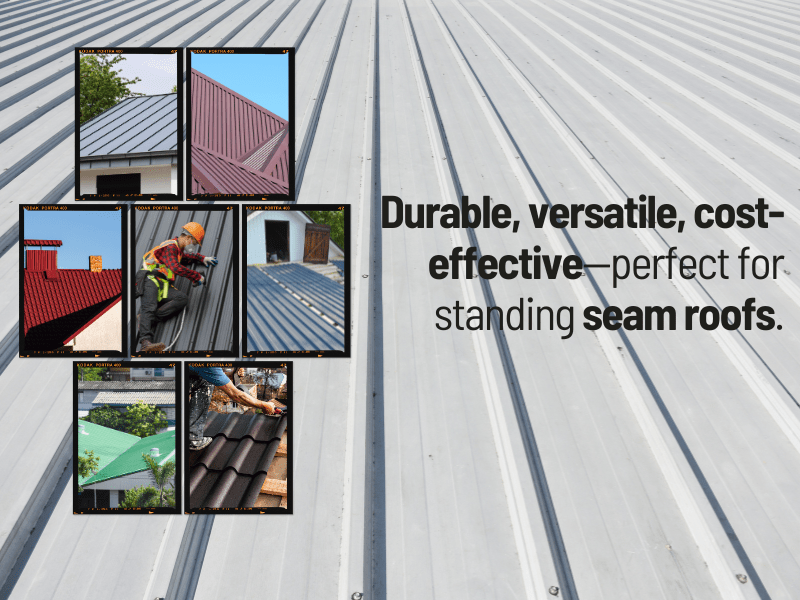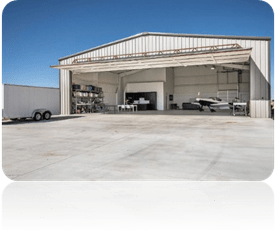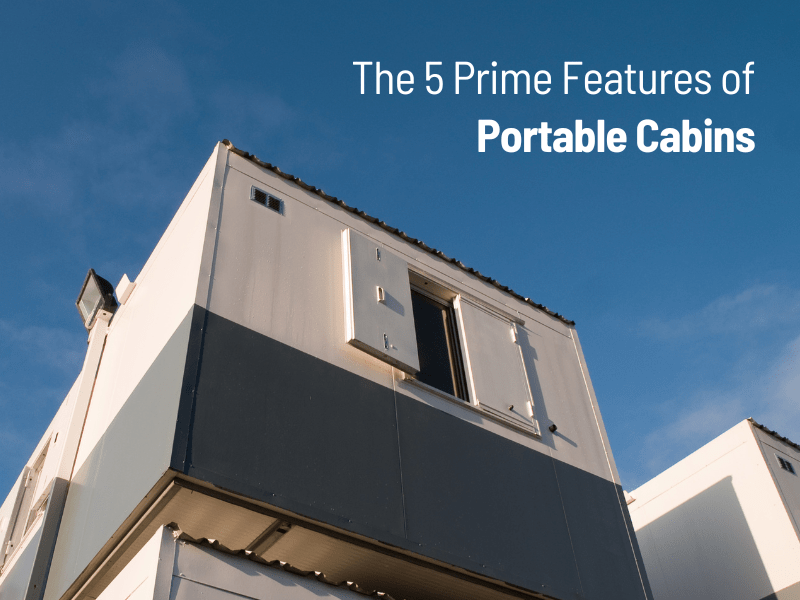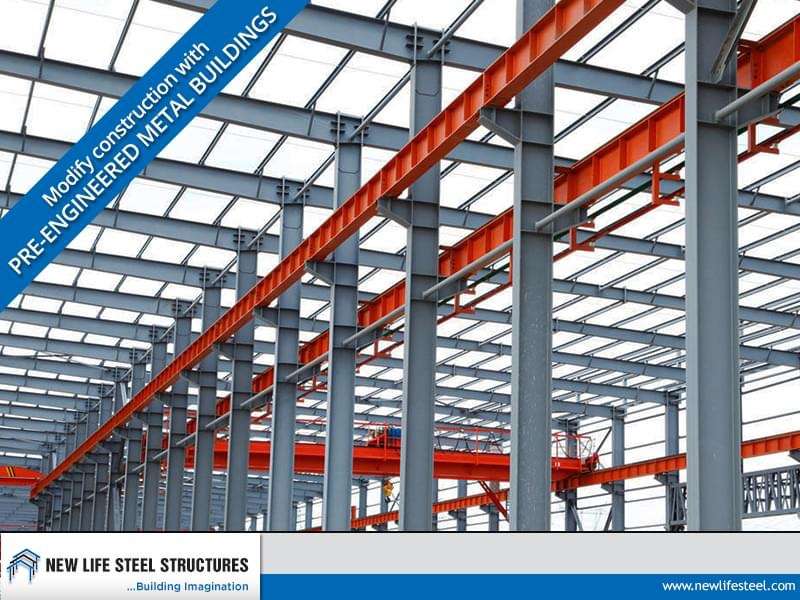
Pre Engineered Steel Structures and Manufacturer
Home » Pre Engineered Steel Structures and Manufacturer

Pre-engineered steel structures (PESS) are revolutionizing the construction industry with their versatility, durability, and cost-efficiency. Whether for industrial, commercial, or residential applications, these structures offer a plethora of benefits. In this comprehensive guide, we will explore everything you need to know about pre-engineered steel structures, their advantages, applications, and why they are a better choice than traditional construction methods.
What are Pre-Engineered Steel Structures?
Pre-engineered steel structures are buildings designed and fabricated off-site, typically in a factory setting. The components are manufactured to precise specifications and then transported to the construction site for assembly. This method contrasts with conventional construction, where building components are fabricated on-site.
Advantages of Pre-Engineered Steel Structures
1. Cost-Effectiveness
Pre-engineered steel structures are significantly more cost-effective than traditional construction. The streamlined manufacturing process reduces labor costs, material wastage, and construction time.
2. Speed of Construction
One of the primary advantages of PESS is the speed of construction. Since components are pre-fabricated, assembly on-site is quick and efficient, leading to faster project completion times.
3. Versatility and Flexibility
These structures can be customized to meet a wide range of design specifications and purposes. From warehouses to sports arenas, pre-engineered steel buildings can be tailored to suit various needs.
4. Durability and Strength
Steel is renowned for its strength and durability. Pre-engineered steel buildings are designed to withstand harsh weather conditions, seismic activities, and other environmental stresses, ensuring a long lifespan.
5. Sustainability
Steel is one of the most recyclable materials, making PESS an environmentally friendly option. Additionally, the precise fabrication process minimizes waste, further contributing to sustainability.
6. Low Maintenance
Steel structures require minimal maintenance compared to traditional buildings. They are resistant to pests, mold, and rot, reducing the need for regular upkeep.
Applications of Pre-Engineered Steel Structures
1. Industrial Buildings
Factories, warehouses, and workshops benefit immensely from pre-engineered steel structures due to their large clear spans and adaptable layouts.
2. Commercial Buildings
Retail stores, shopping malls, and office spaces can utilize PESS for their aesthetic appeal and functional design flexibility.
3. Agricultural Buildings
Barns, storage sheds, and livestock shelters are commonly constructed using pre-engineered steel, offering durability and protection from the elements.
4. Recreational Facilities
Sports arenas, gyms, and community centers are increasingly opting for steel structures due to their ability to accommodate large, open spaces without columns.
5. Residential Buildings
Pre-engineered steel structures are becoming popular in residential construction for homes, garages, and additional living spaces due to their cost-efficiency and design versatility.
Key Components of Pre-Engineered Steel Structures
1. Primary Frame
The primary frame consists of rigid steel columns and beams, forming the skeleton of the building. These components are designed to bear the structural load.
2. Secondary Frame
The secondary frame includes purlins, girts, and eave struts that provide additional support and stability to the primary frame.
3. Roof and Wall Panels
Steel panels are used for roofing and wall cladding, offering excellent protection against weather elements and enhancing the building’s aesthetic appeal.
4. Bracing Systems
Bracing systems, such as cross bracing and portal frames, are integrated to resist lateral forces and ensure the structure’s stability.
5. Accessories
Doors, windows, skylights, and ventilation systems are essential accessories that can be customized to meet specific functional and aesthetic requirements.
The Pre-Engineered Steel Structure Construction Process
1. Design and Planning
The process begins with meticulous design and planning, where architects and engineers collaborate to create detailed blueprints and specifications.
2. Fabrication
Once the design is finalized, the steel components are fabricated in a controlled factory environment, ensuring precision and quality.
3. Transportation
The prefabricated components are transported to the construction site using specialized vehicles, minimizing the risk of damage.
4. Assembly
The assembly process involves erecting the primary frame, followed by the installation of the secondary frame, roof, and wall panels. This phase is quicker compared to traditional construction.
5. Finishing Touches
Final touches, such as installing accessories and applying coatings, are completed to enhance the building’s functionality and appearance.
Choosing the Right Pre-Engineered Steel Structure Provider
Selecting a reliable provider is crucial for ensuring the quality and success of your project. Consider the following factors when choosing a provider:
1. Experience and Expertise
Look for providers with a proven track record and extensive experience in designing and constructing pre-engineered steel structures.
2. Customization Options
Ensure the provider offers a wide range of customization options to meet your specific needs and preferences.
3. Quality Standards
Check if the provider adheres to stringent quality control measures and uses high-grade materials.
4. Customer Support
A reliable provider should offer excellent customer support, from the initial consultation to post-construction services.
5. Cost Transparency
Choose a provider that offers transparent pricing with no hidden costs, ensuring you stay within your budget.
FAQs about Pre-Engineered Steel Structures
1. How long do pre-engineered steel structures last?
Pre-engineered steel structures can last for several decades, often exceeding 50 years with proper maintenance. Their durability and resistance to environmental factors contribute to their long lifespan.
2. Are pre-engineered steel structures environmentally friendly?
Yes, pre-engineered steel structures are environmentally friendly. Steel is highly recyclable, and the precise fabrication process minimizes waste, making them a sustainable construction option.
3. Can pre-engineered steel structures be customized?
Absolutely. Pre-engineered steel structures offer a high degree of customization, allowing for various designs, sizes, and configurations to suit different needs and preferences.
4. How do pre-engineered steel structures compare in cost to traditional buildings?
Pre-engineered steel structures are generally more cost-effective than traditional buildings. The efficiency of the manufacturing process, reduced labor costs, and faster construction times contribute to overall savings.
5. What maintenance do pre-engineered steel structures require?
Pre-engineered steel structures require minimal maintenance. Regular inspections, cleaning, and occasional repainting can help maintain their appearance and functionality over the years.
Conclusion
Pre-engineered steel structures represent the future of construction, offering unmatched benefits in terms of cost, speed, durability, and sustainability. Whether for industrial, commercial, agricultural, recreational, or residential use, these structures provide a versatile and efficient solution. By understanding their advantages, applications, and the construction process, you can make informed decisions and choose the right provider for your project. Embrace the smart choice of pre-engineered steel structures and experience the revolution in modern construction.
For more information on pre-engineered steel structures and to explore your options, visit New Life Steel.
Recent Post


The 5 Prime Features of Portable Cabins

